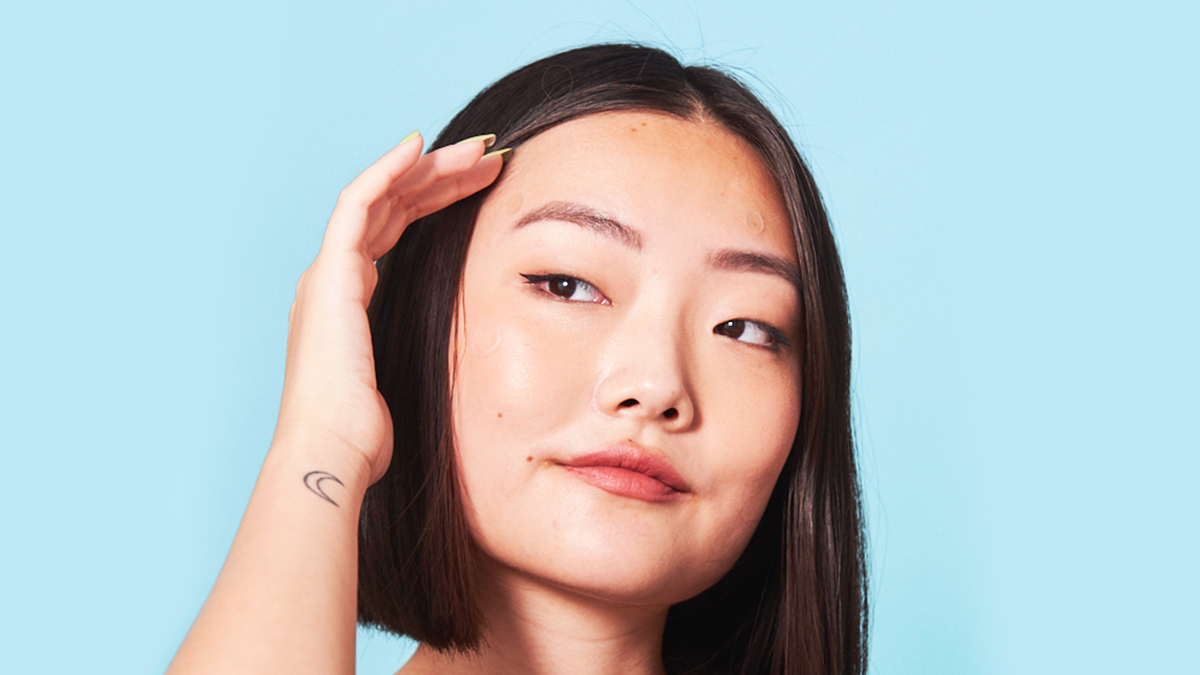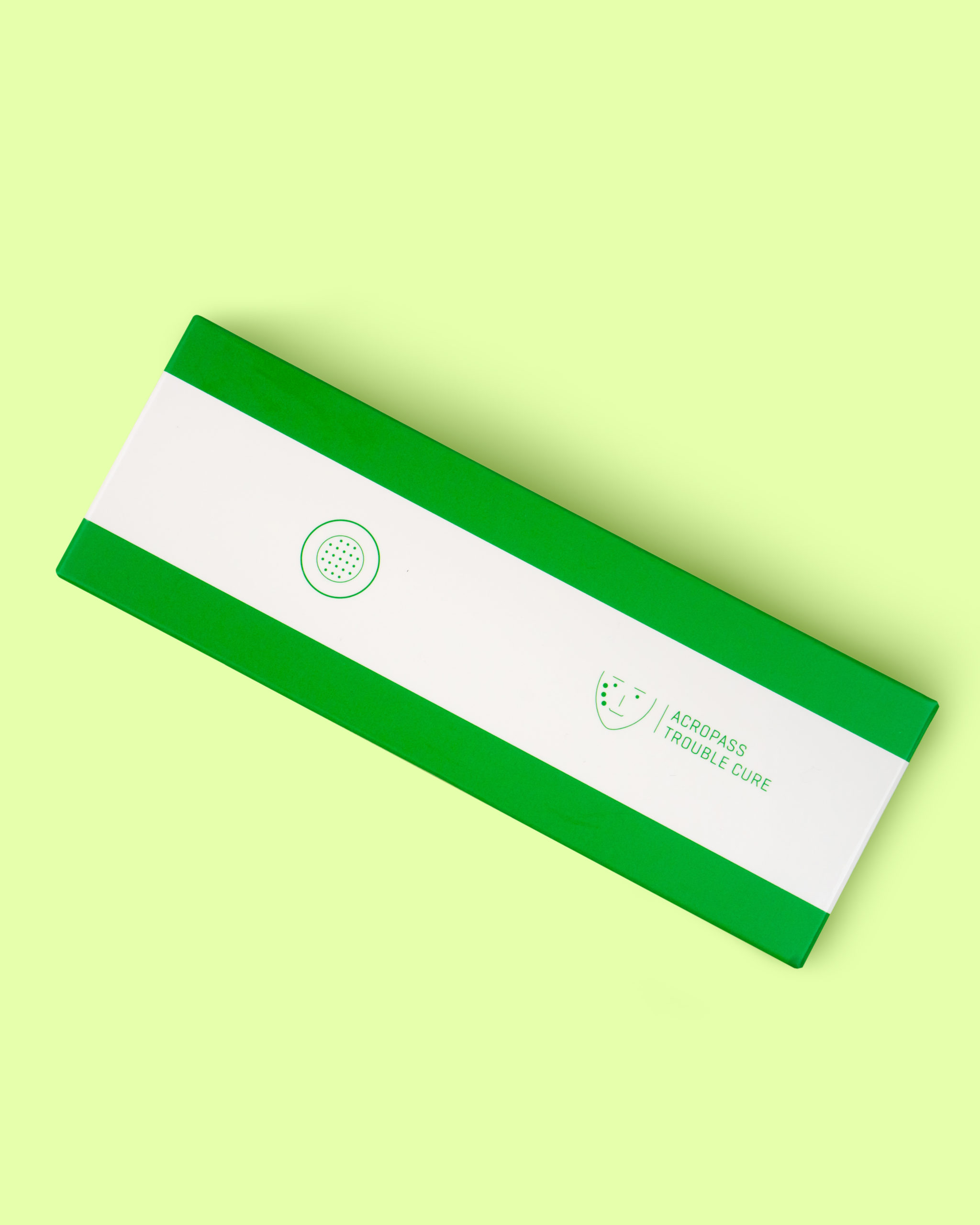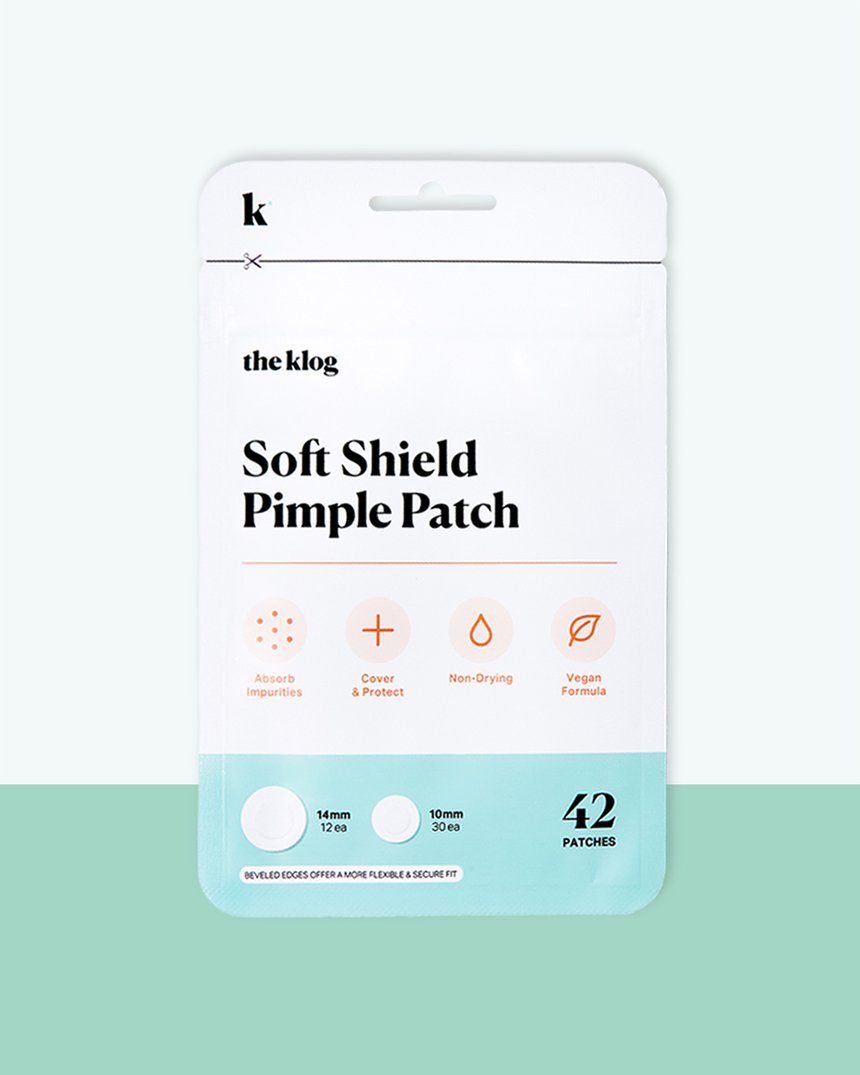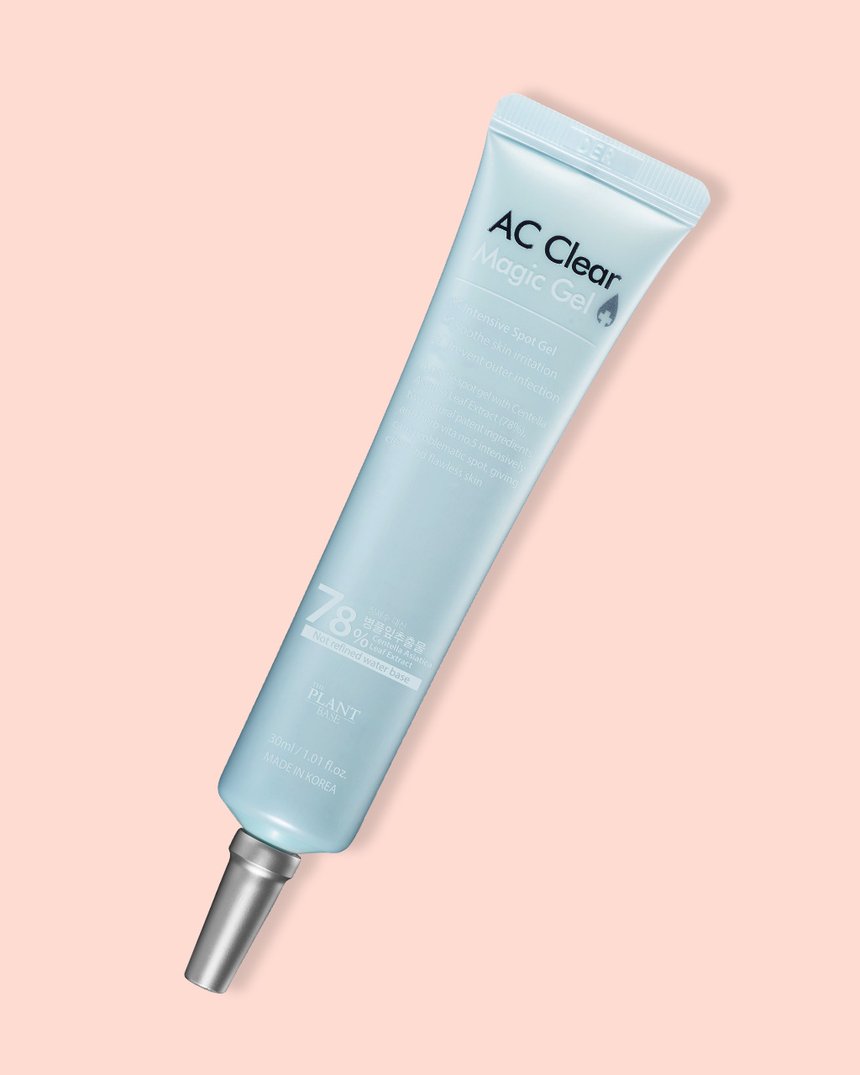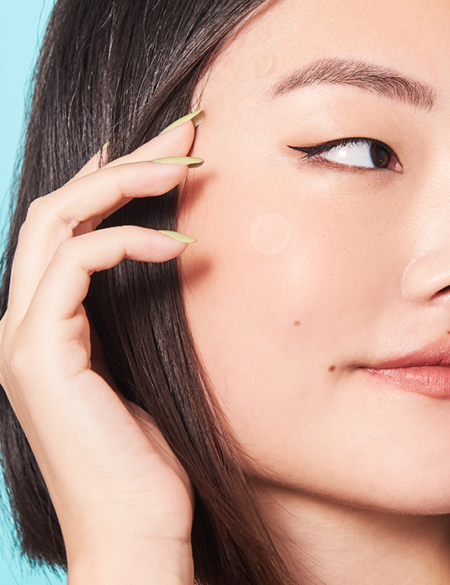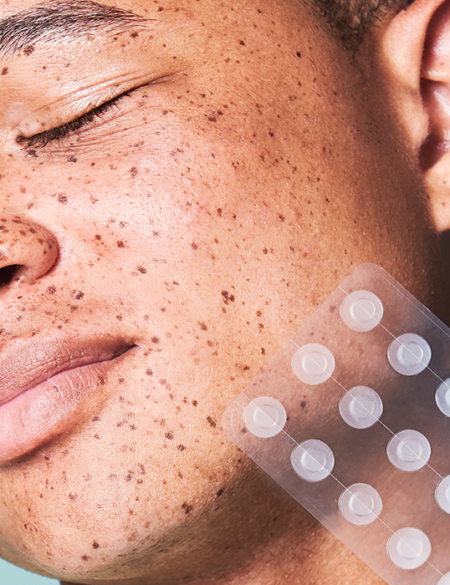A top dermatologist shares how to stamp out reoccurring breakouts once and for all.
I always tend to break out around my nose in the same place over and over again and it seems like no matter what I do, they always come right back.
To break down why you keep getting pimples in the same place, we reached out to Joshua Zeichner, dermatologist and director of cosmetic and clinical research in dermatology at Mount Sinai Hospital in New York City.
Why Acne Reoccurs in the Same Place
First, we need to talk about the several different types of acne that exist since they play a large part in why acne reoccurs. There are three different categories: comedonal acne, inflammatory acne, and cysts and nodules.
Comedones are hair follicles that get clogged with trapped dirt, sebum, and debris, causing the pore to become infected. Inflammatory acne can be described as lesions that become inflamed and result in red and/or tender bumps that can be filled with pus and bacteria. Cystic acne consists of larger spots that are lodged deep within the skin and can take anywhere from weeks to months to go away and are usually painful to the touch.
Recurring acne can appear in all forms, but cystic acne is usually the main culprit. “Cysts are large pimples under the skin that are like balloons attached to your oil glands,” says Dr. Zeichner. “As they fill up with oil, they become inflamed. After the inflammation calms down, the balloon still remains and often becomes inflamed again in the future.” And this is why people tend to get pimples in the same spot over and over again.
RELATED: The Products That Finally Helped Me Get Rid of my Persistent Hormonal Acne
Trying to pick or squeeze these bumps can actually lead to more damage. “If there is damage or scarring to an oil gland or follicle, it may interfere with proper flow of oil out of the gland to the skin’s surface,” says Dr. Zeichner. “This blockage can lead to a recurring pimple.”
Another reason why you should avoid squeezing any kind of pimple is because when you squeeze your bumps, you may not be getting all of that blockage out. This leaves bacteria behind, which can cause that spot to become inflamed again. It can also spread bacteria to adjacent locations, making it seem like the same pimple has resurfaced when it’s actually a new one.
Treatments to Try
If you’re super prone to picking, try using the The Klog Soft Shield Pimple Patch. These nearly invisible 100% hydrocolloid patches are like Band-Aids for your pimples. They help protect your spots from the dirt and bacteria from your hands and the environment while absorbing all the excess sebum and gunk throughout the day and night.
You can also spot treat with The Plant Base AC Clear Magic Gel which is formulated with centella asiatica leaf extract to soothe inflammation and tea tree oil to kill acne-causing bacteria. It also contains licorice root extract to brighten and prevent any post-inflammatory hyperpigmentation.
Cystic acne can be the hardest form to treat, but Dr. Zeichner suggests staying ahead of the game and treating it at the first sign of inflammation. “At the first symptom, apply a combination of benzoyl peroxide, salicylic acid, and a cortisone cream,” he says. This combination is a multi-purpose attack against acne. “Benzoyl peroxide kills acne-causing bacteria, salicylic acid exfoliates dead cells and dries the pimple out, and the hydrocortisone reduces inflammation,” he says.
The Dr. Oracle A-Thera Tea Tree Peeling Sticks are a really convenient and an easy-to-use option to spot treat those bumps as well. They’re essentially giant cotton swabs pre-soaked in a solution that contains AHAs and BHAs, effective chemical exfoliators that will slough off dead skin cells and help clear your pores.
While regular pimple patches, like those mentioned above, won’t have much of an effect on cystic acne, the Acropass Trouble Cure patches are studded with fine microneedles (made of crystallized serum) that can penetrate deep into an inflamed bump to help get to the root of the issue.


